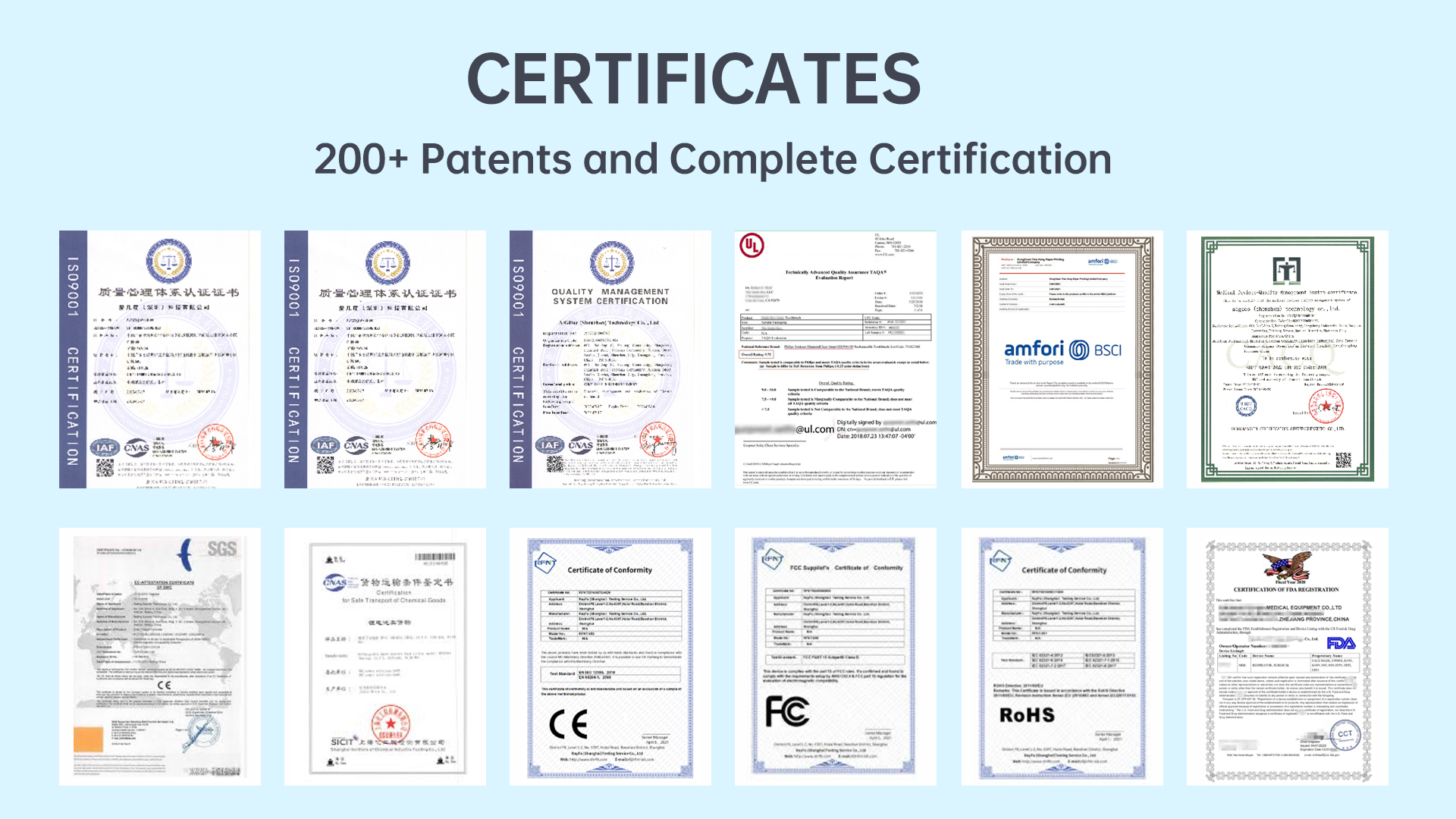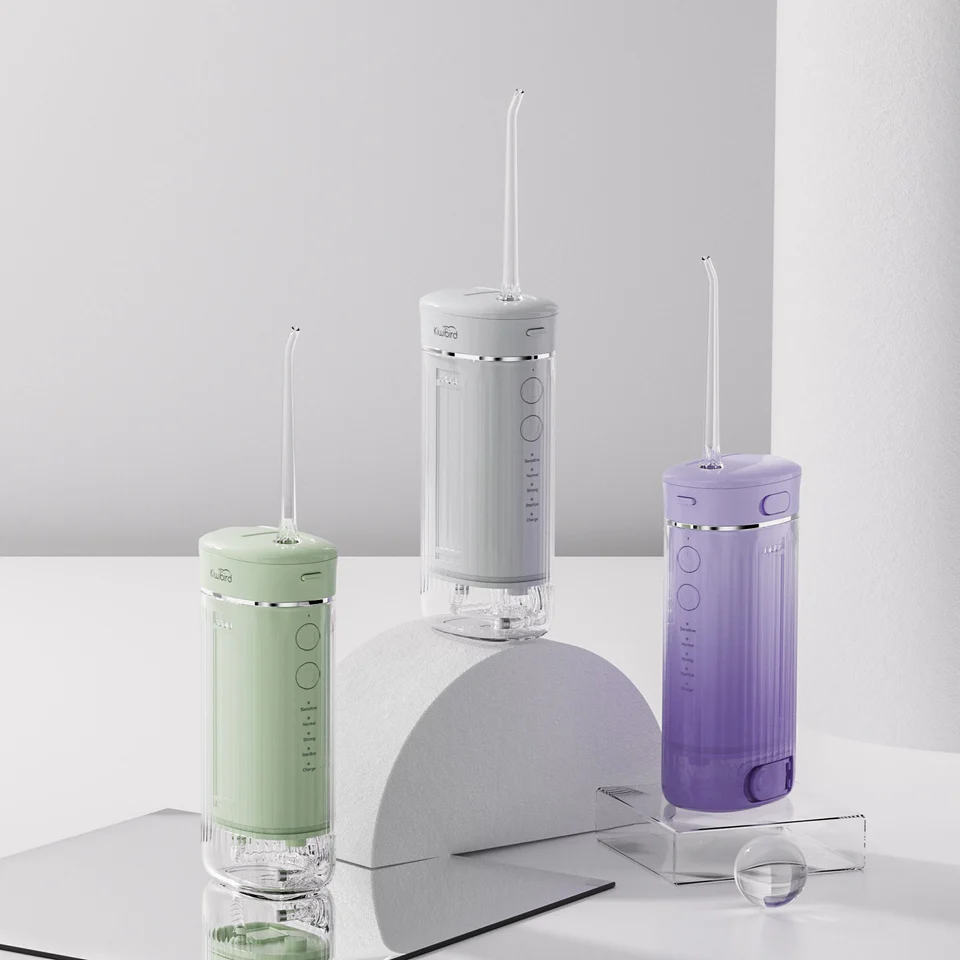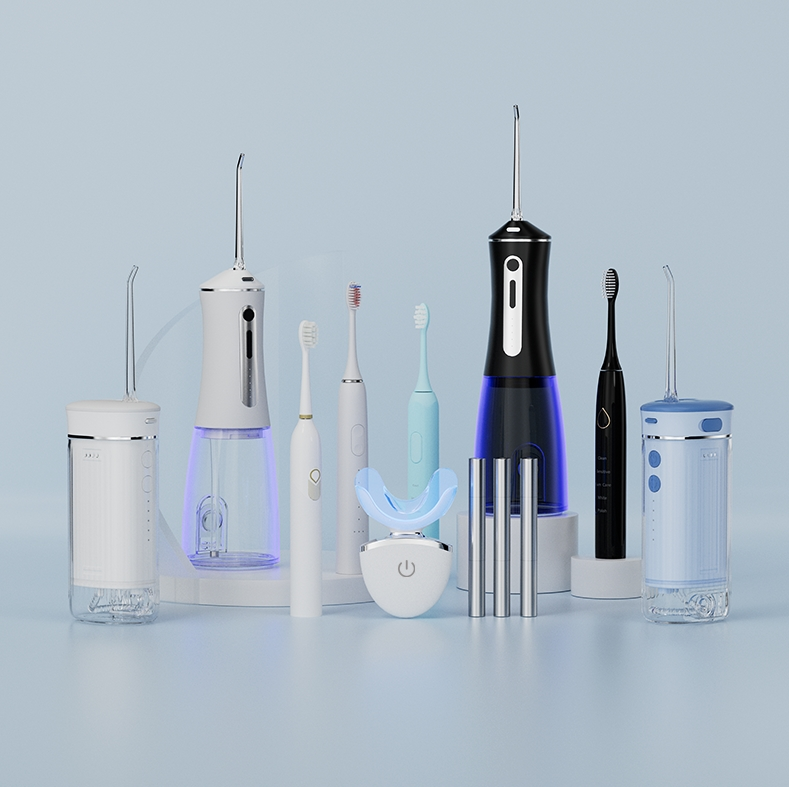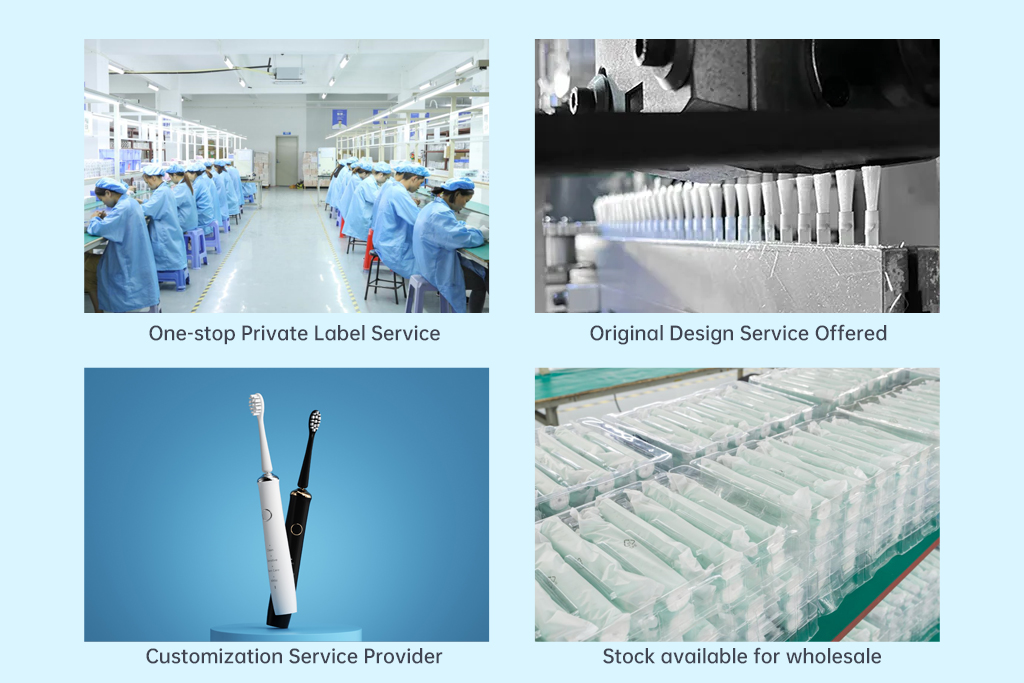In the realm of water flossers and similar oral care devices, one of the most frequently overlooked but critical problems is nozzle blockage, which directly leads to pressure loss. This issue not only reduces cleaning efficiency but also affects user satisfaction, perceived product quality, and even long-term brand trust. But how exactly are these two factors connected, and what should manufacturers do to prevent this seemingly minor flaw from becoming a serious functional failure?
Nozzle blockage refers to the partial or complete obstruction of the water outlet tip in a water flosser or oral irrigator. This issue can arise from multiple sources:
Regardless of the cause, a blocked nozzle restricts water flow, setting the stage for noticeable performance issues.
In water flosser operation, consistent water pressure is critical to dislodge food particles and plaque from between teeth. When a nozzle blockage occurs:
This pressure loss reduces the intended oral hygiene benefits, leaving the device unable to meet promised cleaning efficiency. Company web:https://www.powsmart.com/product/electric-toothbrush/
For the end-user, pressure loss resulting from nozzle blockage can lead to dissatisfaction due to:
For B2B brands, this translates into warranty claims, repair costs, and potential damage to brand image in a competitive market.
.jpg)
Several upstream factors at the OEM/ODM level can increase the risk of nozzle blockage and subsequent pressure loss:
Even minor lapses in production or material choice can create significant risks at the product’s end-of-life stage.
To address this double fault effectively, manufacturers must focus on:
These measures can prevent nozzle blockage, ensuring consistent water pressure and customer satisfaction.
Manufacturers looking ahead can invest in:
Such innovations not only solve current problems but also elevate product value in the B2B and B2C markets.
In conclusion, nozzle blockage and resulting pressure loss may seem like small technical defects, but their impact on product performance, customer satisfaction, and brand reputation is substantial. For OEM/ODM manufacturers, preventing these issues through superior design, materials, and quality control is not optional—it’s essential for success in a competitive global market. Contact us

How to Choose an Electric Toothbrush Factory for Superior Cleaning Power?
Incomplete Flushing after Flow Interruption?
.jpg)
How Brands Can Achieve Higher Margins with Premium Water Flossers
Cavity Risk from Taste Residue?
Mucosal Irritation with Chemical Residues – Toxic?
Pulse Instability with Noise Spikes – Motor Dying?
.jpg)
Water Flosser Advantages: Key Selling Points for Brands to Highlight
.jpg)
Product Expansion Strategy: Why Brands Should Add Water Flossers to Their Lineup
Battery Leakage and Circuit Corrosion – Dangerous Duo?
Charging Port Damage Triggering Bristle Shedding – Related?

Competitive Water Flosser Features That Drive Sales

Common Electric Toothbrush Issues & How Factories Can Prevent Them

Benefits of Electric Toothbrushes: Why Brands Should Invest in electric toothbrush Quality Manufacturing
.jpg)
sonic electric toothbrush Little Rock
Enamel Thinning from Weak Pressure?
Motor Jamming with Overheating Alerts – Linked?

Electric toothbrush heads Charcoal Infused-Diamond

electric toothbrush heads Deep Clean
.jpg)
Florida Electric Toothbrush – Powsmart PTR-C8

electric toothbrush heads Regular Clean

Private Label Whitening Gel

electric toothbrush heads Ultra Soft

electric toothbrush heads Charcoal Infuse-Round

Customization Teeth Whitening Gel
whstapp
whstapp
National Toll-Free Service Hotline
+86 755 86238638